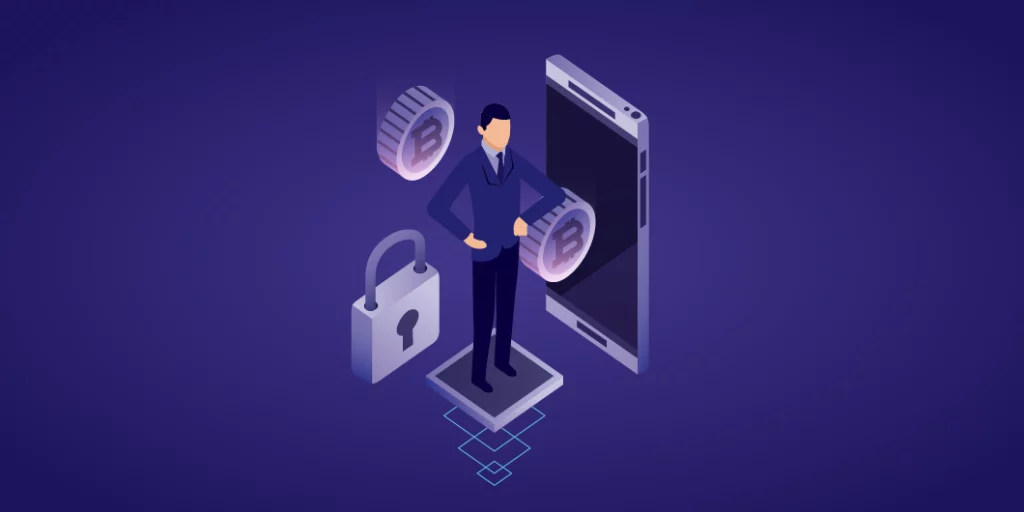If you own cryptocurrency, keeping it safe should be your top priority. Wallet apps can be compromised. That’s why more people are turning to hardware wallets like Trezor.
Trezor is a small device that helps you store your private keys offline. It puts you in full control of your digital assets. No third parties. No internet connection to expose your funds. Just secure, reliable storage.
Who Created Trezor and Where Did It All Begin
The wallet was developed by SatoshiLabs, a company based in Prague. These guys were early pioneers in the crypto world. Back in 2014, they launched the Trezor Model One, which was the first ever hardware wallet designed for public use.
Since then, they have continued to improve their devices. The newer Trezor Model T offers a touchscreen, extra features, and support for more cryptocurrencies. Both wallets stick to the same principle. Keep your private keys offline and your assets safe.
How Trezor Wallets Work
It uses something called cold storage. This means your keys never touch the internet. When you want to send crypto, the device signs the transaction inside the wallet itself. Your computer or browser never sees the private keys.
When you set up your wallet for the first time, it gives you a recovery phrase. This is a list of 12 or 24 words that act as a backup. If your device is lost or damaged, you can use this phrase to recover your wallet.
The wallet works with Trezor Suite, which is its companion app. You use it to manage your assets, check balances, and make transfers. All of this happens while your private keys stay locked inside the device.
Trezor Models and What They Offer
Trezor Model One
The original Trezor hardware wallet. It is compact and easy to use. It includes:
- PIN protection
- Support for passphrases
- Open source firmware
This model works well for beginners or anyone who wants secure crypto storage without spending too much.
Trezor Model T
This is the upgraded version with more features. It includes:
- A colour touchscreen
- Shamir Backup for added recovery security
- Support for more coins and tokens
The Model T is better suited for users who want more control and a smoother user experience.
Key Security Features of Trezor
One of the things that sets Trezor apart is its open source firmware. This means anyone can inspect the code, which helps catch bugs and improve security over time. That kind of transparency builds trust.
The wallet also avoids using a Secure Element chip, which some wallets use for extra protection. Instead, they stick to fully open and auditable systems. This design choice has both pros and cons, but it aligns with their goal of keeping everything transparent.
Trezor includes protection against phishing. You confirm transactions on the physical device, so fake websites and malware can’t trick you into sending funds.
There is no Bluetooth or wireless connection either, which removes another attack point.
What Coins Can You Store on Trezor
Trezor supports Bitcoin, Ethereum, Litecoin, and hundreds of other cryptocurrencies. It also works with ERC-20 tokensand integrates with popular wallets like MetaMask and MyEtherWallet.
If you are into DeFi or NFTs, Trezor can still play a key role. You can connect it to third-party apps while keeping your keys offline the entire time.
What It’s Like to Use Trezor
Trezor Suite is the software you use with the wallet. It is clean, simple, and works on both Mac and Windows. It is designed to make crypto management feel less technical.
The setup process is also beginner friendly. You just plug in the device, follow the instructions, write down your recovery phrase, and you’re good to go. There is no mobile app from Trezor itself, but some third-party apps offer limited mobile access.
How Trezor Compares to Other Hardware Wallets
Trezor’s biggest competitor is Ledger. Ledger wallets use a Secure Element chip and offer Bluetooth features. Some people like that for the added protection or mobile convenience.
On the other hand, Trezor sticks to full transparency and has a simpler interface. If you value open systems and direct control over your crypto, Trezor might suit you better.
What’s Next for Trezor
SatoshiLabs regularly updates Trezor’s firmware and software. They continue to add new tokens, improve usability, and stay ahead of threats. As the crypto space evolves, Trezor evolves with it.
More people are moving toward self-custody and Trezor is right there, offering a safe way to take ownership of your assets.
Summary of Trezor’s Features, Pros, and Cons
Key Features
- Keeps private keys offline
- Open source software
- Works with Trezor Suite
- Shamir Backup (Model T only)
- Touchscreen interface (Model T only)
Pros
- Very secure and reliable
- Transparent and community driven
- Easy to use, even for beginners
- Supports a wide range of coins
- No wireless attack points
Cons
- No Secure Element chip
- Model T is more expensive than competitors
- No official mobile app
- Basic design compared to some wallets
If you are serious about cryptocurrency, a hardware wallet like Trezor is worth considering. It gives you full control of your funds and protects you from online threats. Whether you are a beginner or a seasoned investor, Trezor offers a solid balance between usability and security.
